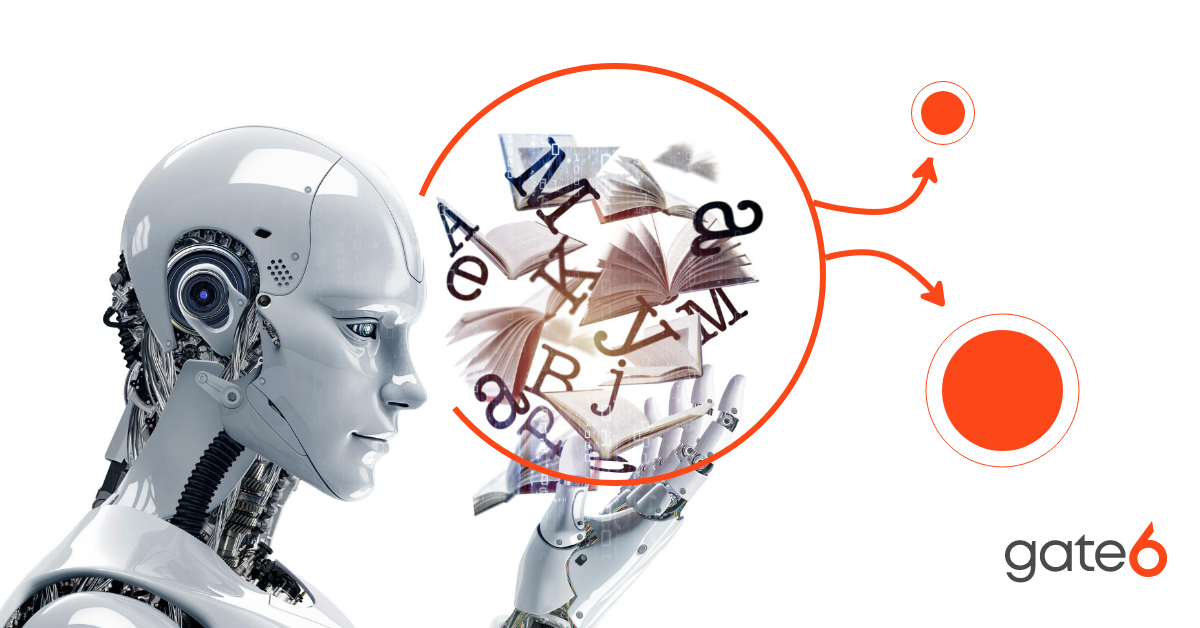Right-sizing Machine Language

Artificial intelligence (AI) today is not a one-size-fits-all solution. Take Machine Language (ML) for example, who knew, ML came in multiple sizes (TinyML and LargeML). These are two very different approaches optimized for two drastically different environments. It really is true, the right tool for the right job makes all the difference.
As a custom AI development solutions provider, it is very important to help you understand the capabilities and the limitations of each approach. Keep reading as we explore the differences and some specific use cases for TinyML and LargeML and how they fit into the AI space.
TinyML vs. LargeML – an Overview
Before we can get into the meat of this topic, we need to get a few definitions out of the way. In the interest of keeping this Blog to a reasonable length, these definitions are high level.
What is TinyML?
TinyML refers to models that are aggressively optimized to conservatively use power and memory, fitting in kilobytes instead of megabytes. That optimization is what allows TinyML models to run efficiently on IoT devices like microcontrollers or edge sensors without a dedicated GPU or constant cloud connection. Their cost effectiveness comes from being cheap to deploy, cheap to run, and cheap to maintain.
What is LargeML?
LargeML refers to a family of large-scale ML models (think Billions or Trillions of parameters) that provide deep understanding of data, can identify patterns and provide detailed analysis. Unlike TinyML, LargeML models are not resource constrained, enable highly collaborative work environments and are resource optimized in the opposite direction of TinyML. LargeML models become cost effective when their use is spread across many users or used to automate high value tasks or processes.
How They Fit in the AI World
TinyML and LargeML don’t compete—they complement each other because they serve different roles in the world of AI. LargeML models, with their massive datasets and compute power, enhance human intelligence, enabling generative capabilities, deep reasoning, and highly adaptive solutions. TinyML models, on the other hand, bring AI to the edge—running efficiently on low-power devices, sensors, and wearables without the need for constant cloud connectivity.
As we mentioned in the Overview, TinyML is designed for resource-limited devices like microcontrollers. This small resource appetite fits perfectly into IoT environments.
Examples of devices enabled by TinyML:
- Smart home security cameras
- Wearable health and fitness monitors
- Smart thermostats
- Voice-activated assistants (Alexa and Google Assistant)
TinyML Advantages for IoT:
- Frugal / Cheap: Able to run on sub $5 microcontroller hardware instead of expensive processors.
- Happiness is being alone: Low / No data transmission because processing happens locally on the hardware.
- Small Appetite: Devices can last months or years on power from small batteries
- Small is the new Big: Deploying thousands or millions of intelligent IoT nodes is both simple and cost effective.
LargeML sits on the other end of the spectrum, it enables innovation in the cloud and is resource hungry! You can’t generate original content (text, images, code, audio, video) and perform complex reasoning, essentially the core of Generative AI, on an empty stomach.
Examples of tools enabled by LargeML:
- ChatGPT
- Google Gemini
- Microsoft CoPilot
LargeML Advantages in the Cloud:
- Muscle when you need it: Cloud providers offer the GPU/TPU infrastructure needed to train and run huge models without buying and maintaining expensive hardware.
- One and Done: Centralized updates and patches to models delivered instantly in the cloud without requiring changes on user devices.
- Automatic Crowd Control: Cloud deployment lets LargeML handle spikes in demand by autoscaling resources
- Crowd Sourcing Data: Connecting directly to massive amounts of data, storage solutions, and analytics tools in the cloud makes for better model accuracy and insights.
Hybrid Solutions
Hybrid TinyML–LargeML solutions combine the strengths of both small, on-device machine learning models and large, cloud-based models to deliver more efficient, intelligent systems.
Using a smart home as an example: A TinyML model embedded in a smart thermostat learns and reacts to individual user preferences in real time, without needing constant internet connectivity. Meanwhile, a LargeML model in the cloud processes aggregated energy consumption data from the home to uncover broader energy-use trends and optimize efficiency at scale.
Hybrid ML Advantages:
- Offers low-latency, personalized control from TinyML
- Large-scale insights from LargeML
- Locally responsive devices roll up data to create a strategic overview of the entire home
Final Thoughts
In the end, the power of AI isn’t about choosing TinyML or LargeML—it’s about knowing when to use each, and how they can work together. LargeML delivers the brains for complex reasoning and generative capabilities, while TinyML brings that intelligence directly to the edge. By Right-sizing Machine Learning to the task at hand, you can open the door to innovative, scalable, and cost-effective AI solutions. Gate6 is your AI Innovation Partner. Give us a call today.
FAQs – Right-Sizing Machine Learning: TinyML vs LargeML
What is TinyML?
TinyML refers to highly optimized machine learning models designed to run on devices with limited power and memory, such as microcontrollers and IoT sensors, without requiring constant cloud connectivity.
What is LargeML?
LargeML refers to large-scale machine learning models with billions or trillions of parameters that operate in powerful cloud environments, enabling deep reasoning, generative AI, and complex data analysis.
How do TinyML and LargeML differ?
TinyML is optimized for low-power, resource-limited edge devices, while LargeML leverages massive computational resources in the cloud to deliver advanced AI capabilities.
Do TinyML and LargeML compete with each other?
No. They complement each other—TinyML brings AI to the edge, while LargeML powers advanced capabilities in the cloud.
What are examples of TinyML applications?
Examples include wearable fitness monitors, smart thermostats, voice assistants, and security cameras running AI locally on low-cost hardware.
What are examples of LargeML applications?
Examples include ChatGPT, Google Gemini, and Microsoft Copilot—platforms that generate text, images, code, and more from large-scale AI models.
What are the advantages of TinyML?
TinyML is cost-effective, operates on inexpensive microcontrollers, requires little to no data transmission, and can run for months or years on small batteries.
What are the advantages of LargeML?
LargeML benefits from cloud-based scalability, centralized updates, access to massive datasets, and the computing power needed for generative AI.
When should I use TinyML instead of LargeML?
Use TinyML when you need AI capabilities on small, battery-powered devices without constant internet access.
When should I use LargeML instead of TinyML?
Use LargeML when your AI application requires complex reasoning, generative outputs, or access to large datasets in the cloud.
Can TinyML and LargeML be used together?
Yes. Many AI solutions combine TinyML at the edge with LargeML in the cloud for real-time, efficient, and scalable intelligence.
How can Gate6 help with TinyML and LargeML projects?
Gate6 offers custom AI development solutions, helping you select the right machine learning size for your needs and build optimized, scalable AI applications.
Relevant Posts
December 3, 2025
Must-Have AI Features to Build Smarter, Scalable Digital Products
August 19, 2025
AI Regulation – A “Short” Primer
August 11, 2025
The Generative AI-Powered Retail Revolution
July 16, 2025








